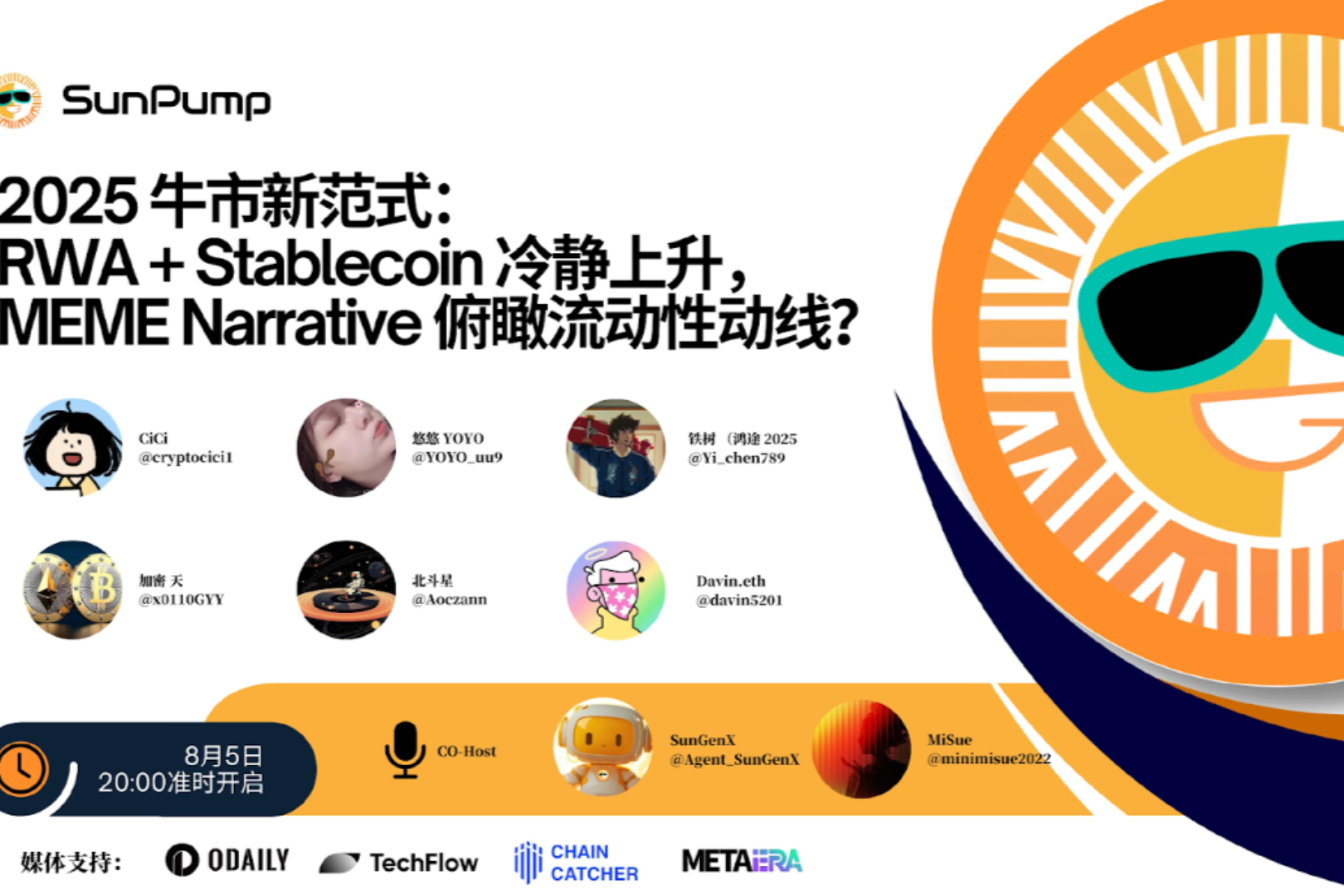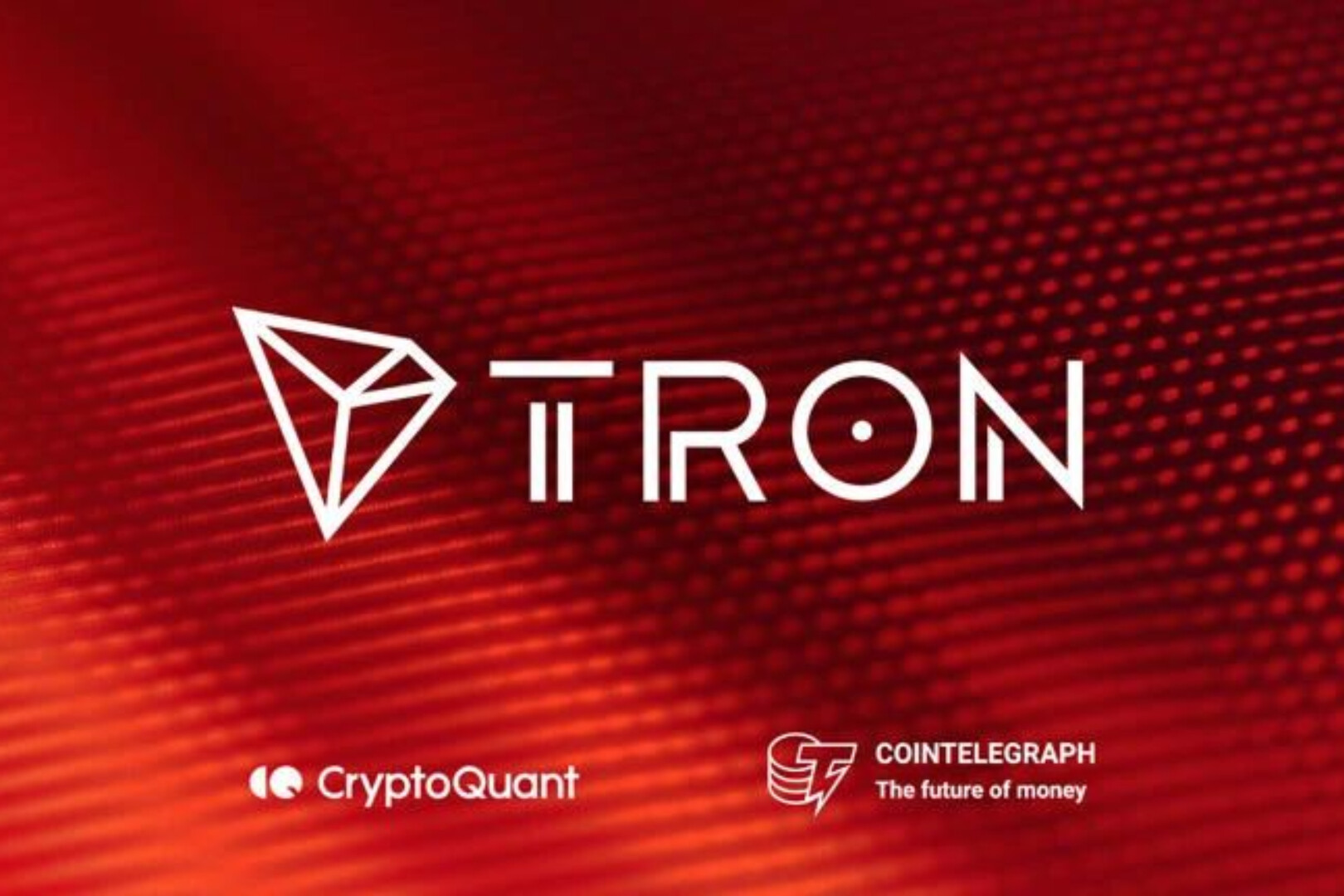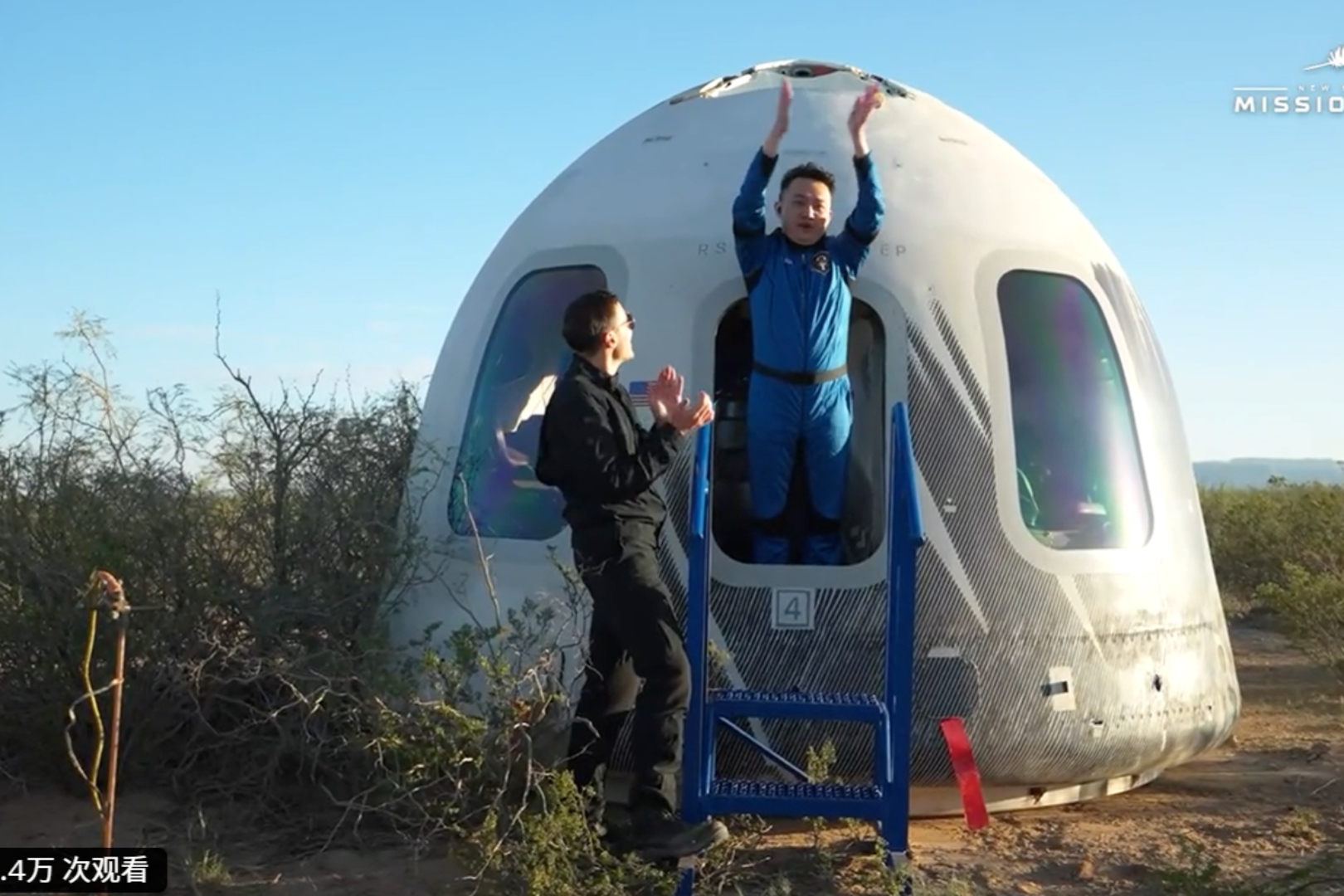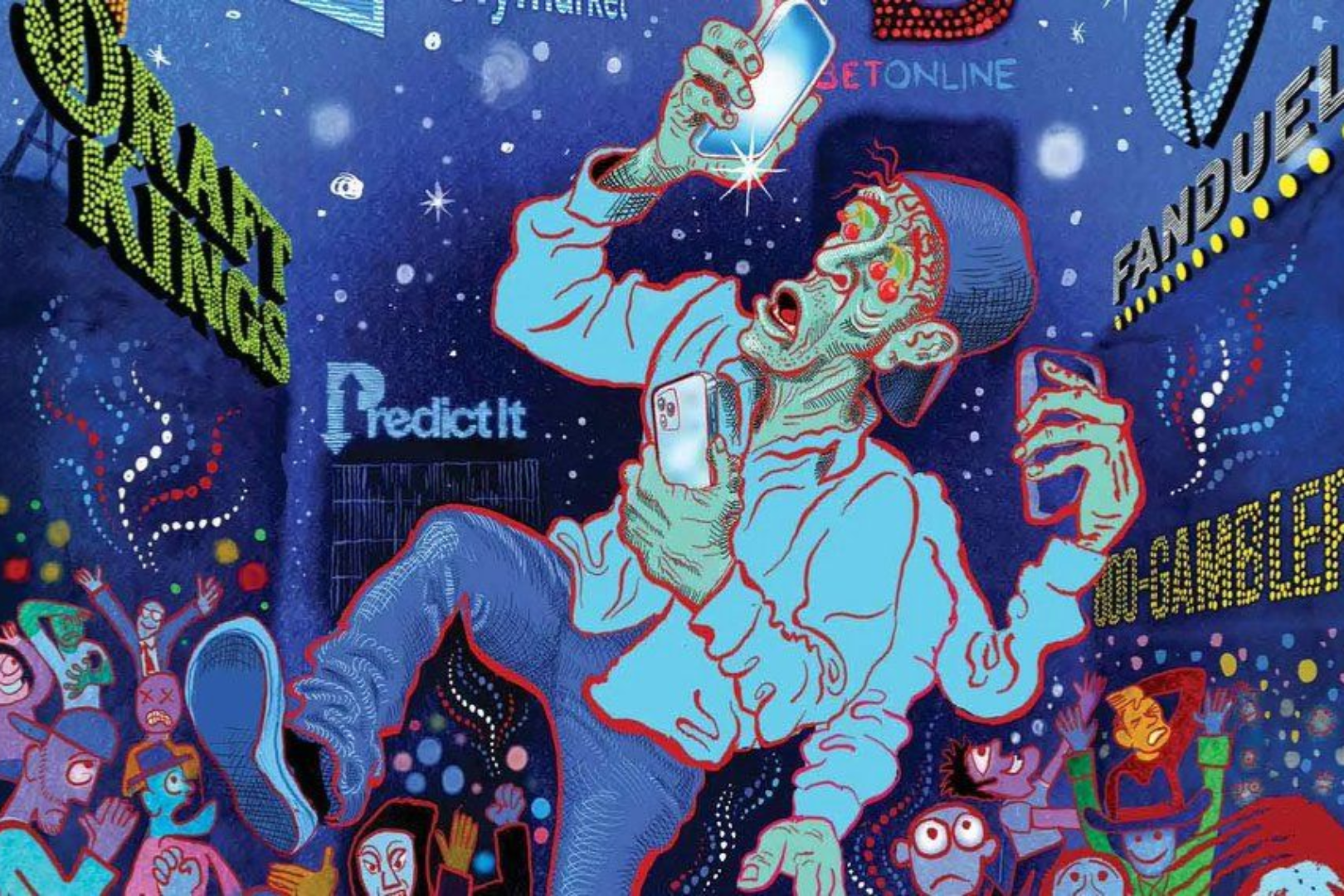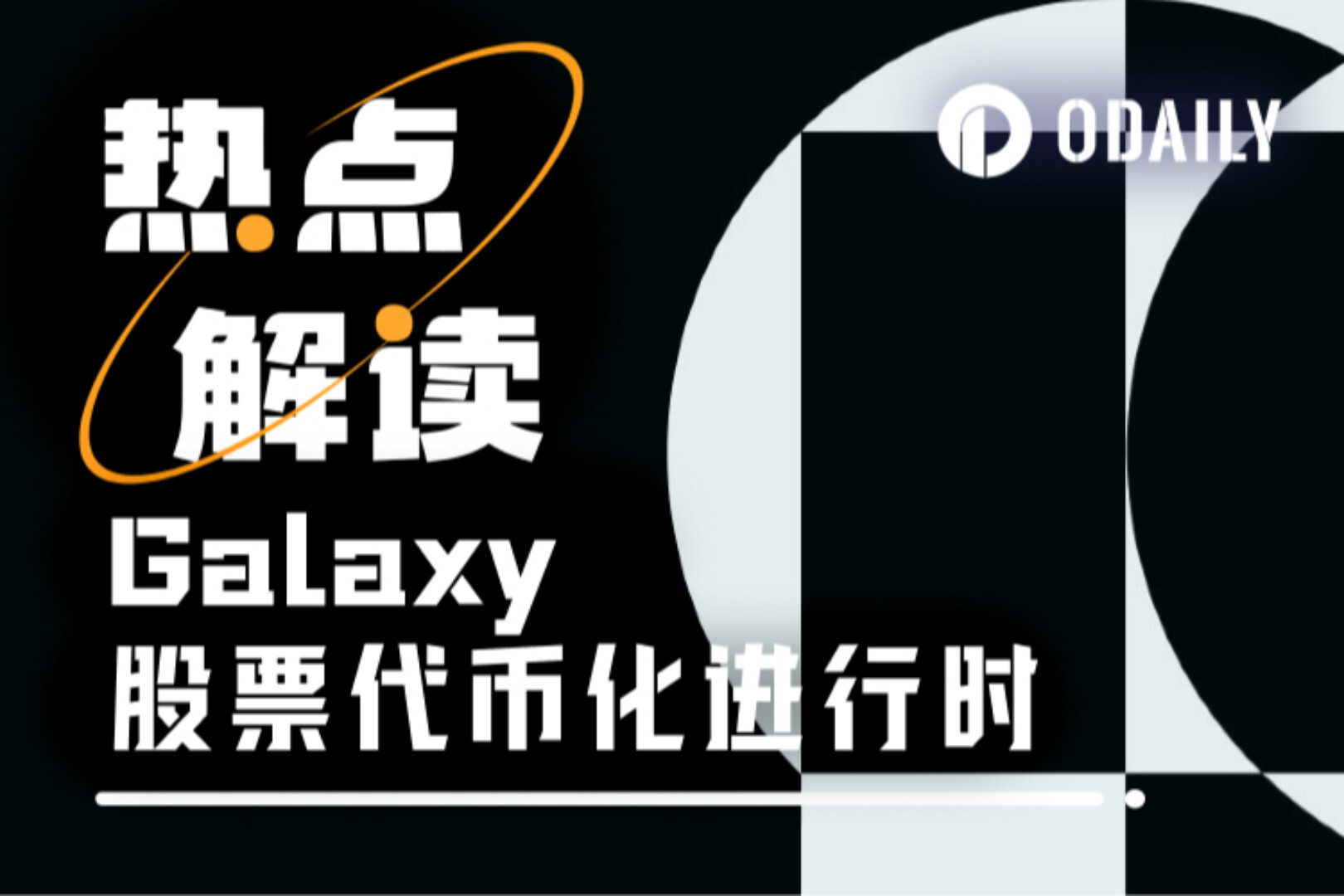Editor's recommendation:
The value of Beeple lies in letting people see the possibilities of the digital world. We want to introduce this possibility to the field of scientific research, after all, technology can lead the future.
Our X-Order will take an NFT of a paper written by Professor Zhang Jiang, the founder of the earliest scientific community in China that studies complex systems and artificial intelligence.
And this is just the first step in our support for scientific development.
Jizhi Club's public account mainly focuses on the cutting-edge progress of complexity science and artificial intelligence, classic books and latest literature, and also publishes information about various lectures, courses and other activities held by Jizhi Club and Jizhi Academy.
secondary title
Orientation: Why Science Is Going Open Source
Technology is the light of civilization. The history of human science and technology is facing a transformation towards open source.
The ideal logic of the modern scientific research system is that the government receives taxes from the public to support scientific research; scientists publish their discoveries in a timely manner to benefit society. However, huge professional pressure and multi-party interest entanglements have made the scientific research and academic exchange system deeply flawed, hindering academic exchanges.
Scientists, as a profession, are becoming more and more professional. Publishing papers is not only for exploration itself, but also for making important achievements recognized by peers, and obtaining positive feedback on funding, professional titles, and influence in the scientific system. At the same time, it is extremely difficult for scientists to obtain direct returns after their papers have social impact and industrial applications.
This is the state of the scientific world in recent years: on the one hand, scientists are the promoters of civilization and the source of knowledge and innovation, and on the other hand, they are the weak in the scientific research publishing and intellectual property systems.
So open source science is on the rise. Open publishing, open data, and shared benefits are becoming more and more popular.
The Brain Club is an active advocate of open source science. Created a website in 2003, started to organize online and offline activities in 2008, organized a series of book clubs, and published papers in several top journals through the cooperation of community members, and crowdsourced the publication of "The Extreme of Science: Talking about Artificial Intelligence" , "Approaching 2050" and other books.
The arrival of emerging technologies may accelerate our entry into the era of open source science.
secondary title
Experiment: Try open source science with paper NFTs
The Wisdom Club and X-Order are trying to do an open source scientific practice, casting a new paper into an NFT (Non-fungible token).
About NFTs:
The key innovation of NFT is to provide a way to mark the ownership of native digital assets (that is, assets that exist in or originate in the digital world), and this ownership can exist outside of centralized services or centralized libraries.
The ownership of NFT does not prevent others from inspecting it or reading it. NFT does not capture information and hide it, but captures information and discovers the relationship and value of that information with all other information on the chain.
In other words, it is actually a digital asset issued on the blockchain. This asset can be game props, digital artwork, tickets, etc., and is unique and non-replicable. Since NFT has natural collection attributes and is easy to trade, encrypted artists can use NFT to create unique digital artworks.
In other words, it is actually a digital asset issued on the blockchain. This asset can be game props, digital artwork, tickets, etc., and is unique and non-replicable. Since NFT has natural collection attributes and is easy to trade, encrypted artists can use NFT to create unique digital artworks.
We imagine that academic papers can also try to mint (mint) NFTs like works of art. Authorized by the author of the paper, we took out a paper by Zhang Jiang (founder of Jizhi Club, professor of Beijing Normal University) research group, which will be newly launched on the preprint website arXiv in 2021, to do this pioneering experiment:
Automated Discovery of Interactions and Dynamics for Large Networked Dynamical Systems
The PDF version of the paper is online on arXiv:
secondary title
Value: Auction paper NFT, donate scientists
In the 200-year history of publishing scientific papers, the value of a paper is predicted by the editor of the journal. If it is valuable, it will be published, otherwise it will be rejected; it will also be "voted" by fellow scientists. If the paper is important, it will be cited, otherwise it will be ignored. Influence is the embodiment of the value of the paper.
But even if the value of the paper is extremely high, such as Newton proposed the principles of mechanics, and Einstein proposed the theory of relativity, scientists will only gain academic reputation without direct economic value. This has led to countless scholars who have contributed to the scientific building, and they have worked hard all their lives, but they are still relatively miserable. Technology, industry, and commerce developed on the basis of scientific knowledge and principles have a very long chain of feeding back to scientists. When a theory is finally put into practice, the scientist who proposed it is long gone.
We see this as an extreme spatio-temporal dislocation between creation and reward.
So we conceived the idea of combining the publication of the paper with the NFT blockchain technology to stamp the paper without changing the copyright of the paper. Anyone who bids for the NFT of the paper has left his mark on the paper——
And due to the digital account sharing ability of NFT, the owner can re-auction his NFT according to a certain proportion (or all of it), and so on. When a research achievement gets more and more attention, the value of the NFT of the paper will also increase, and everyone who owns the NFT share of the paper will benefit together.
secondary title
Attachment: Introduction to NFT Auction
Considering the realization of the above functions - the owners can benefit as the value of the paper increases, we finally chose to use the NFT casting and collection protocol Zora as the NFT platform for this paper release.
https://ipfs.fleek.co/ipfs/bafybeid2qlhp2iiiorxwax3uxqcl6ocx3lymtjxskxjd6z3lhfw33ivtnu
The NFT of the paper has been generated, and its IPFS address is shown below, open it to read the paper:
Open the paper NFT auction page and click Place a bid to participate in the auction.
secondary title
In the era of open source science, everyone can leave a name
Finally, it needs to be explained that since the NFT market has just emerged, the rules and rights are still unclear, so this NFT is an experiment, and we will gradually improve its rule design. Interested friends are welcome to give feedback and suggestions.
This is the first attempt to combine academic papers with NFT, and it is unknown whether it will become a trend. But we believe that:
